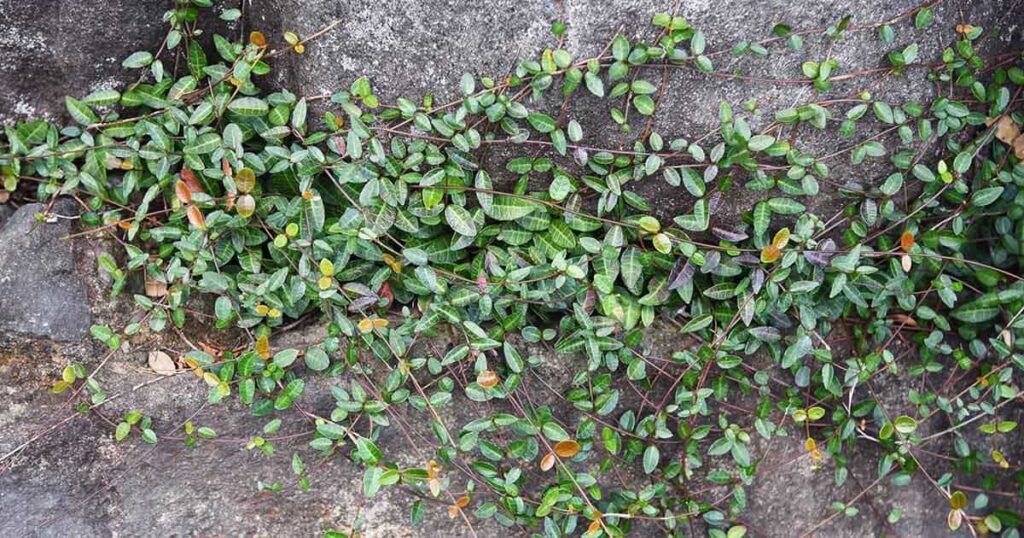Introduction
Asiatic jasmine (Trachelospermum asiaticum) is a versatile and resilient ground cover plant that has become a favorite among gardeners and landscapers. Known for its lush foliage and low maintenance requirements, this plant can transform any garden into a green paradise. Whether you’re looking to cover bare patches in your yard, create a lush undergrowth for taller plants, or simply enjoy its evergreen beauty, proper care is essential for its growth and health. This article provides a comprehensive guide to caring for Asiatic jasmine, ensuring that it thrives and remains a vibrant part of your landscape.
Selecting the Right Location
Choosing the right location for planting Asiatic jasmine is crucial for its success. This plant thrives in areas with partial shade to full sun. While it can tolerate full sun, too much exposure can cause the leaves to scorch, particularly in hotter climates. Ideally, select a spot that receives morning sunlight and afternoon shade. Asiatic jasmine is also adaptable to various soil types, but it prefers well-drained soils with a pH range of 6.0 to 7.5.
Soil Preparation
Before planting Asiatic jasmine, it’s important to prepare the soil properly. Start by clearing the area of weeds and debris. Loosen the soil to a depth of about 12 inches and mix in organic matter such as compost or well-rotted manure. This not only improves soil fertility but also enhances drainage. If you’re dealing with heavy clay soil, consider adding sand or perlite to improve aeration and prevent waterlogging, which can be detrimental to the plant’s roots.
Planting Asiatic Jasmine
Once the soil is prepared, you can start planting Asiatic jasmine. Space the plants about 18 to 24 inches apart to allow for adequate growth and coverage. Dig a hole that is slightly larger than the root ball of the plant. Place the plant in the hole, ensuring that the top of the root ball is level with the soil surface. Fill in the hole with soil, gently firming it around the base of the plant. Water thoroughly after planting to help the roots establish.
Watering Requirements
One of the key aspects of Asiatic jasmine care is proper watering. During the first growing season, it’s important to keep the soil consistently moist to help the plants establish their roots. Water the plants deeply once or twice a week, depending on the weather and soil conditions. Once established, Asiatic jasmine is relatively drought-tolerant and requires less frequent watering. However, during extended dry periods, occasional deep watering will keep the plants healthy and vibrant.
Fertilization
Asiatic jasmine benefits from regular feeding, particularly during the growing season. Apply a balanced, slow-release fertilizer in early spring and again in mid-summer to promote vigorous growth. Alternatively, you can use an organic fertilizer such as compost or fish emulsion. Avoid over-fertilizing, as this can lead to excessive foliage growth at the expense of root development and overall plant health.
Pruning and Maintenance
Pruning is an essential part of Asiatic jasmine care, helping to maintain its shape and prevent it from becoming too invasive. Trim the plants in early spring to remove any dead or damaged growth and to encourage new shoots. You can also prune throughout the growing season to control the spread and keep the plants tidy. If Asiatic jasmine starts to invade unwanted areas, simply cut it back to keep it in check.
Pest and Disease Management
Asiatic jasmine is generally resistant to pests and diseases, making it a low-maintenance option for ground cover. However, it’s still important to monitor the plants for any signs of trouble. Common pests include aphids, spider mites, and scale insects. These can be controlled with insecticidal soap or neem oil. Fungal diseases such as powdery mildew and root rot can occur in overly wet conditions. Ensure proper spacing and good air circulation, and avoid overwatering to prevent these issues.
Mulching
Applying a layer of mulch around Asiatic jasmine can help conserve moisture, suppress weeds, and regulate soil temperature. Organic mulches such as shredded bark, pine straw, or compost are ideal choices. Spread the mulch about 2 to 3 inches thick, taking care not to cover the base of the plants. This will also improve the soil structure and provide additional nutrients as the mulch decomposes.
Winter Care
In regions with mild winters, Asiatic jasmine remains evergreen and requires little special care. However, in areas with harsh winters, some protection may be necessary. Applying a thick layer of mulch can help insulate the roots and protect them from freezing temperatures. If the foliage is damaged by frost, simply trim it back in early spring to encourage new growth.
Benefits of Asiatic Jasmine
Beyond its aesthetic appeal, Asiatic jasmine offers several practical benefits for the garden. Its dense growth habit makes it an effective ground cover for preventing soil erosion. It also suppresses weeds, reducing the need for chemical herbicides. Additionally, Asiatic jasmine can serve as a living mulch, helping to retain soil moisture and improve soil health over time.
Conclusion
Caring for Asiatic jasmine involves a combination of proper planting, regular watering, appropriate fertilization, and occasional pruning. By following these tips, you can ensure that your Asiatic jasmine thrives and continues to enhance your garden with its lush, evergreen foliage. Whether you’re a seasoned gardener or a novice, Asiatic jasmine is a rewarding and low-maintenance addition to any landscape, providing beauty and functionality for years to come.















